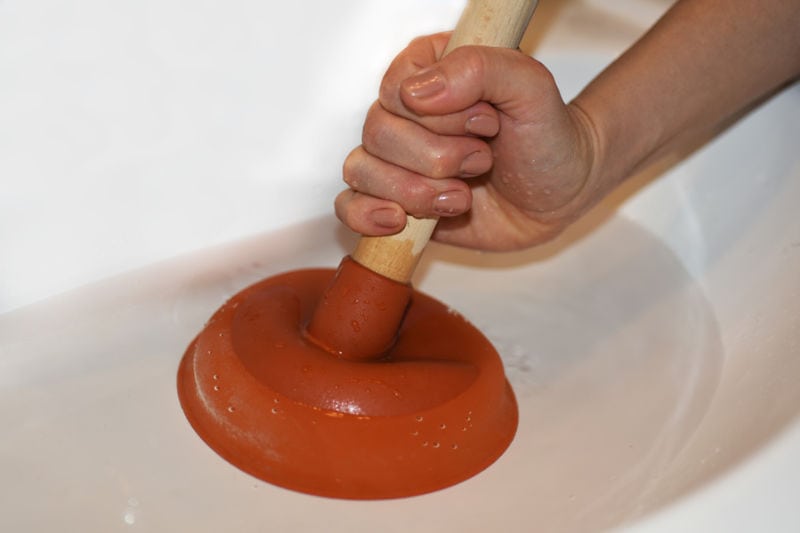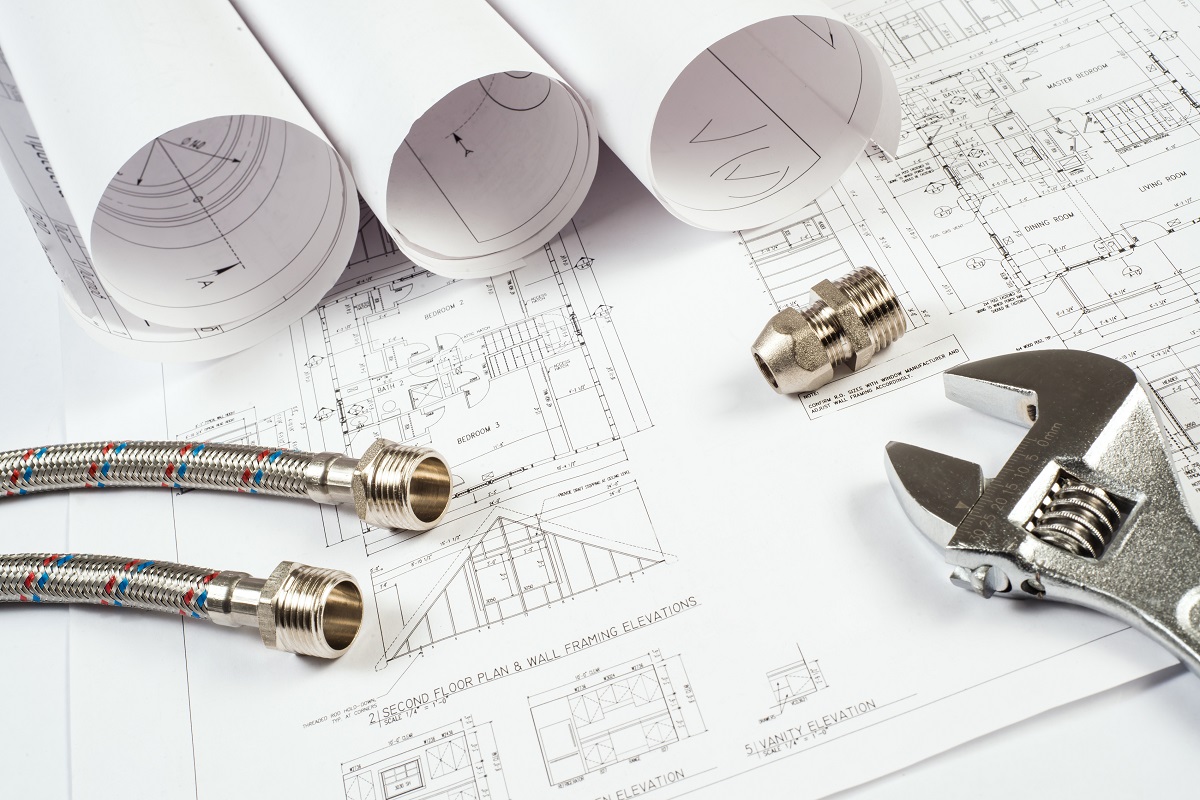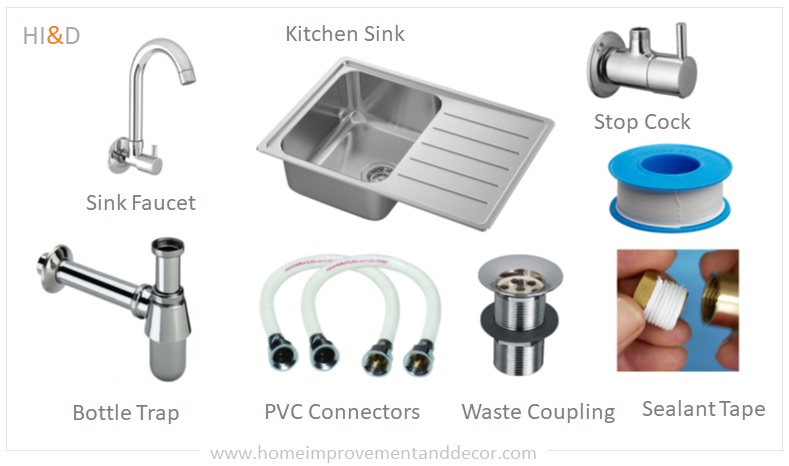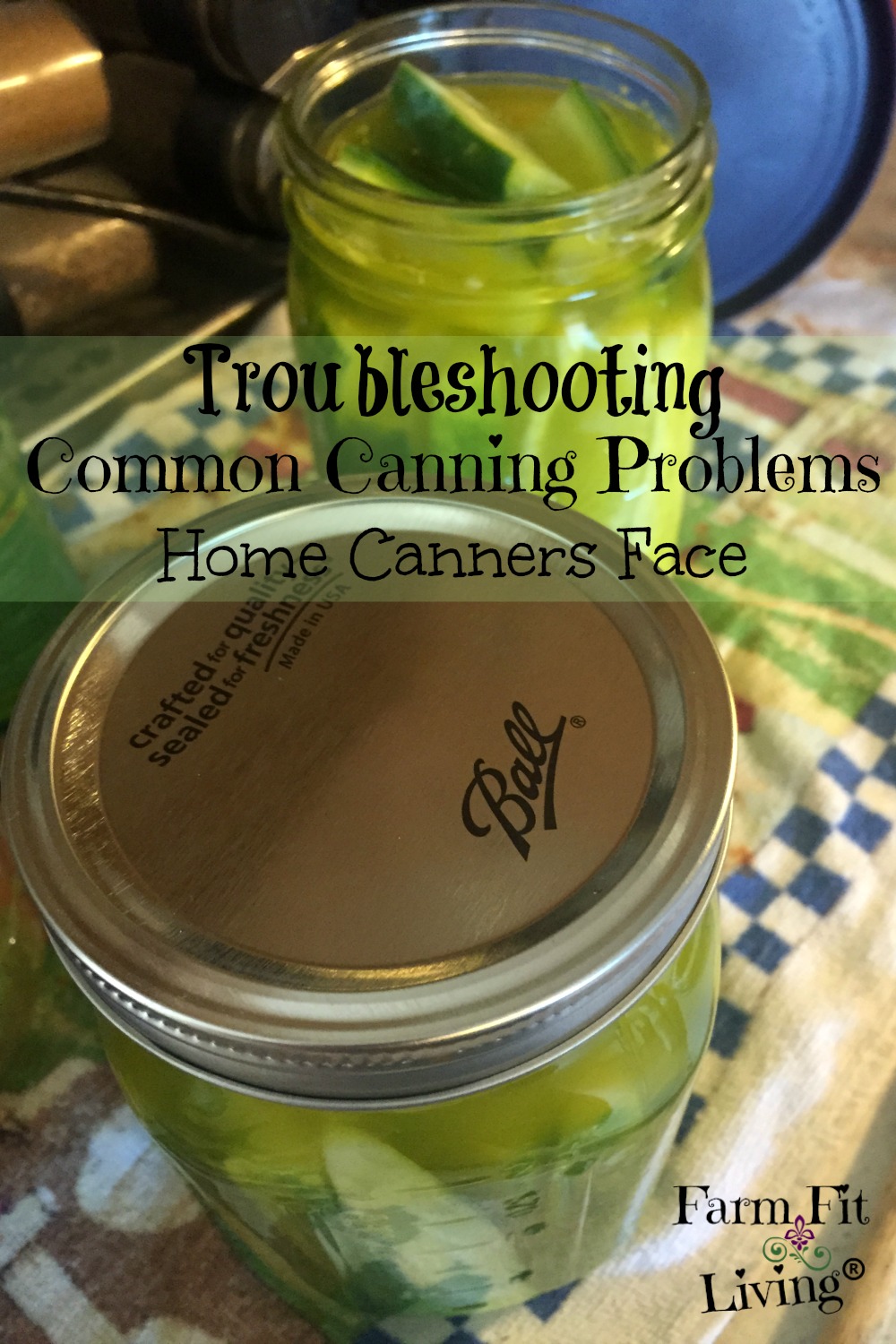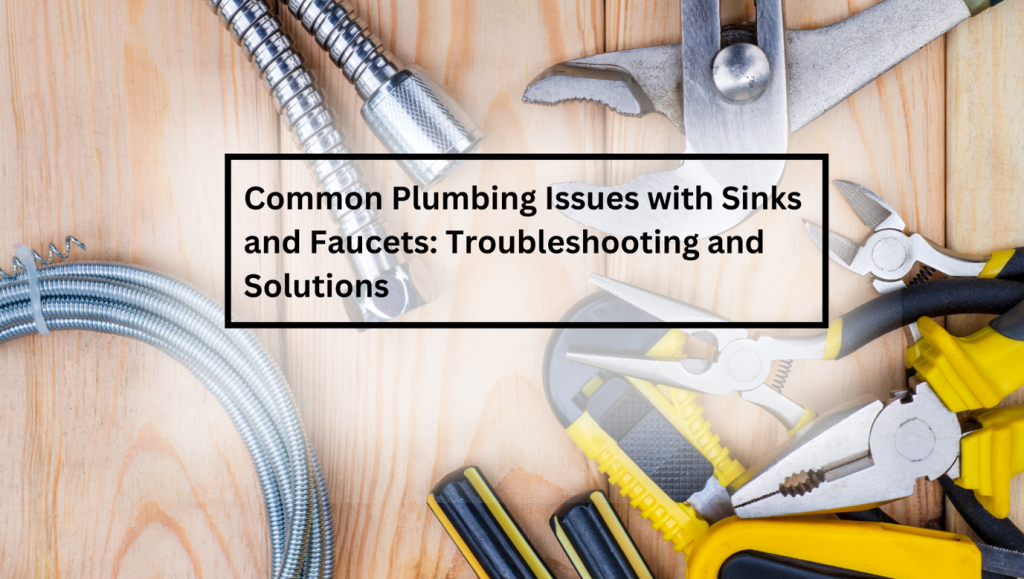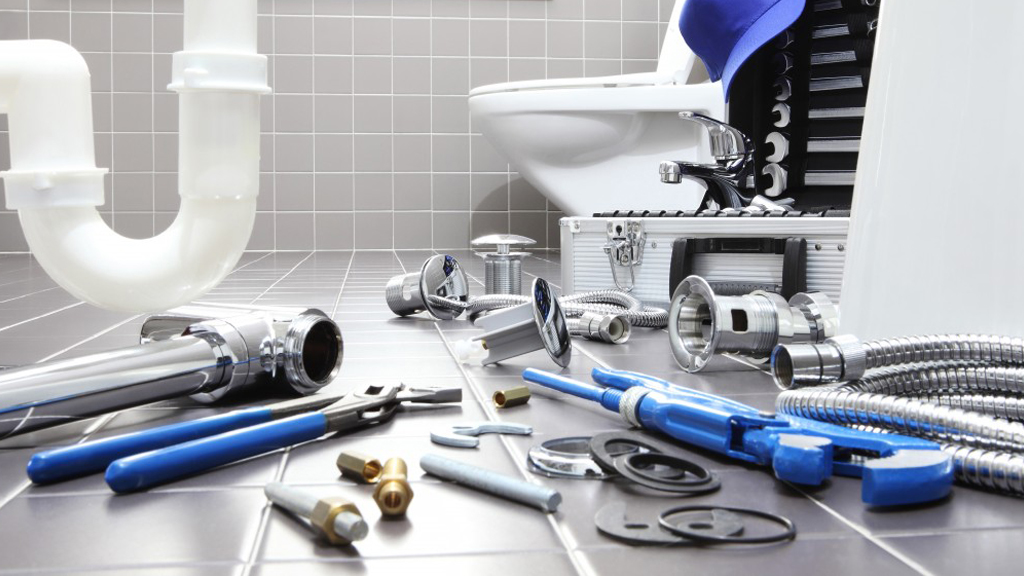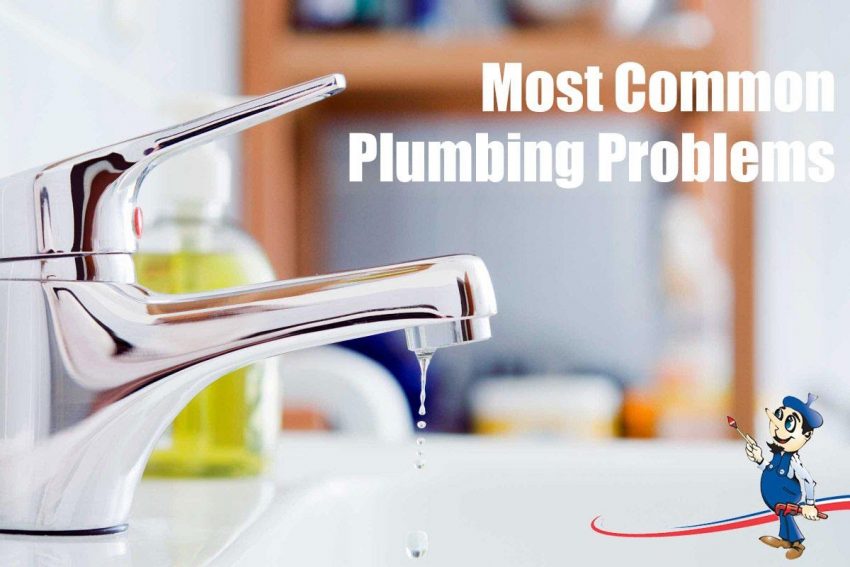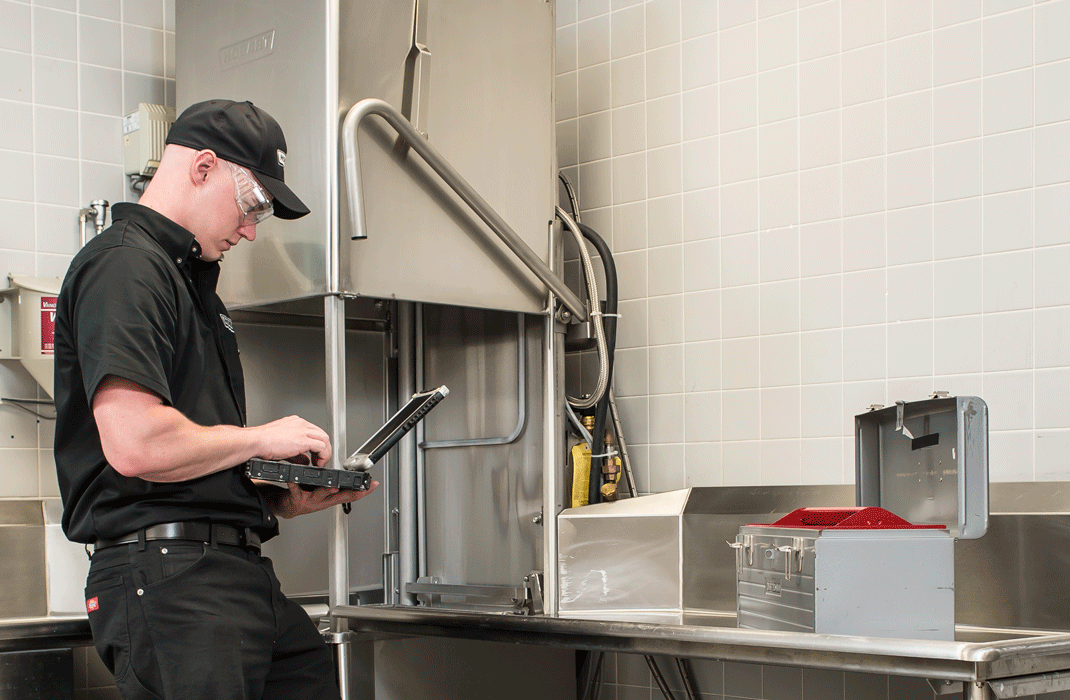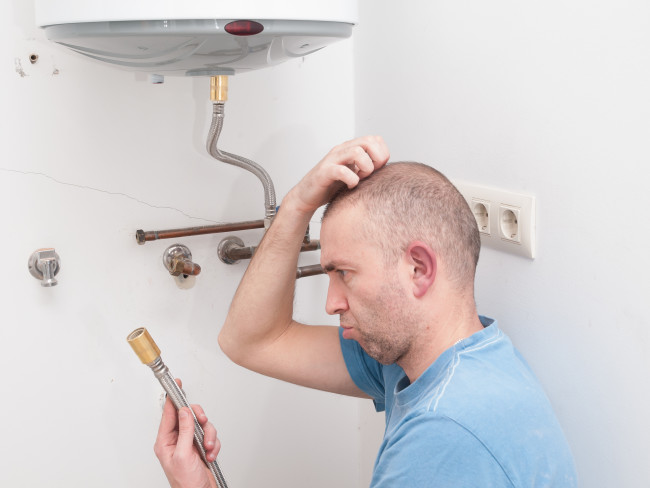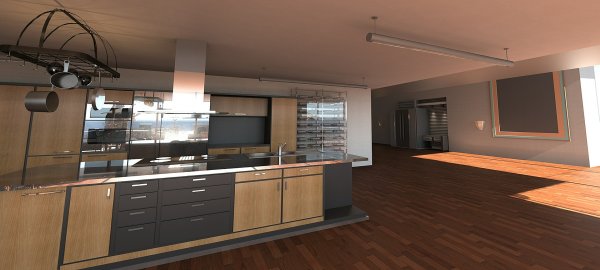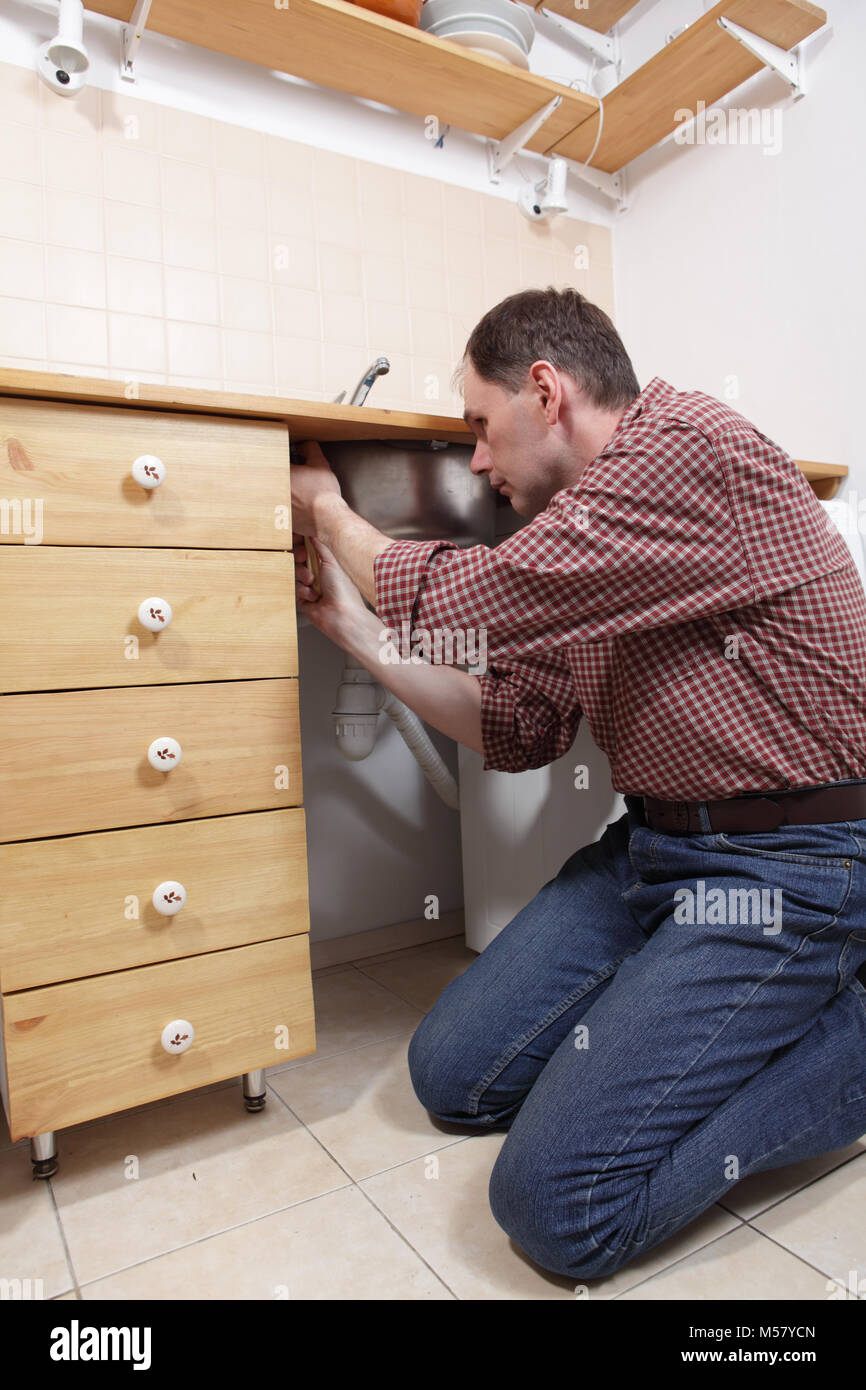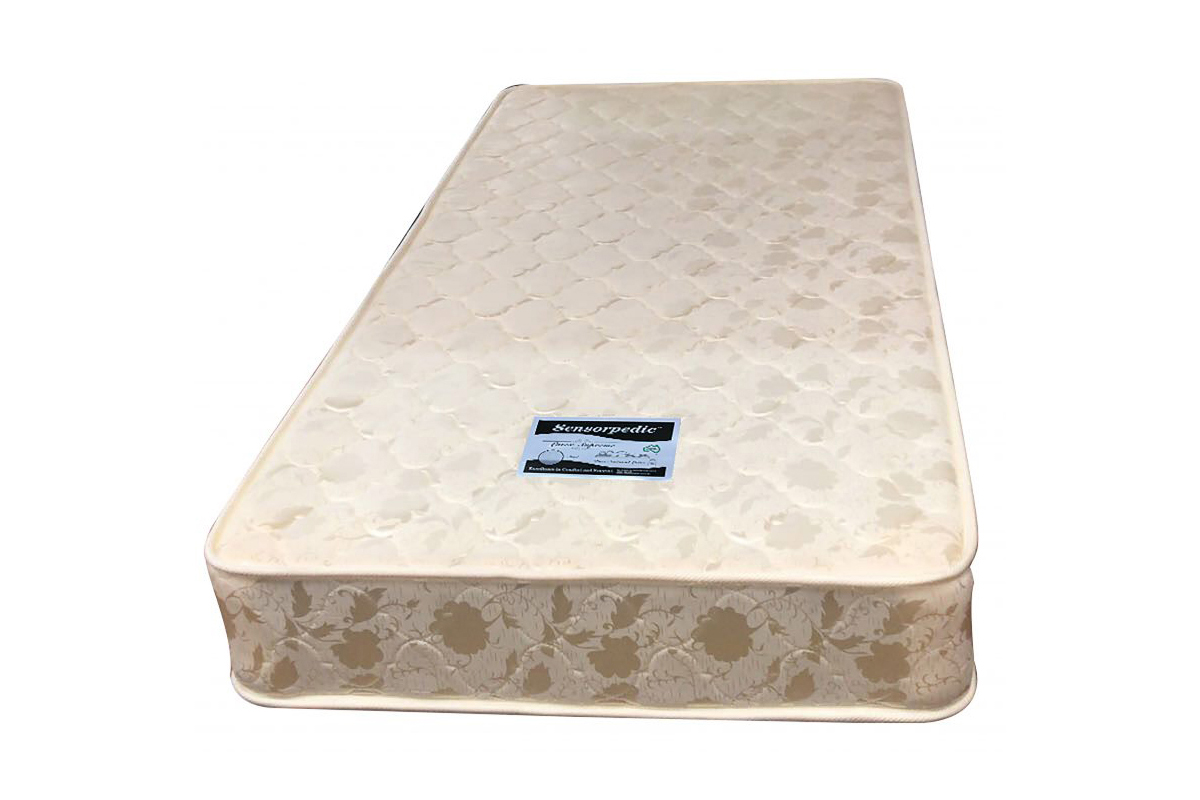Plumbing a kitchen sink and dishwasher may seem like a daunting task, but with the right tools and knowledge, it can be a manageable DIY project. In this guide, we will take you through the steps of installing a new kitchen sink and connecting it to a dishwasher.How to Plumb a Kitchen Sink and Dishwasher
The first step in plumbing a kitchen sink and dishwasher is to gather all the necessary tools and materials. This includes a sink and dishwasher installation kit, a pipe wrench, plumber’s putty, Teflon tape, and a hacksaw. Once you have everything you need, follow these steps: 1. Prepare the area: Start by turning off the water supply to the kitchen sink and dishwasher. Then, remove any items from under the sink and clear out the cabinet space for easier access. 2. Install the sink: If you are installing a new sink, follow the manufacturer’s instructions to assemble and secure it in place. Use plumber’s putty around the edges of the sink to create a watertight seal. 3. Connect the drain: Use a pipe wrench to tighten the drain flange onto the bottom of the sink. Then, attach the P-trap to the drain and secure it with the fittings provided in the installation kit. 4. Install the dishwasher: If you are installing a new dishwasher, follow the manufacturer’s instructions to assemble and secure it in place. Be sure to leave enough space for the dishwasher’s water supply line and electrical cord. 5. Connect the water supply: Use Teflon tape to wrap the threads of the water supply lines and securely connect them to the faucet and dishwasher. Turn on the water supply and check for any leaks. 6. Test the dishwasher: Run a test cycle on the dishwasher to ensure everything is functioning properly. If there are any issues, refer to the manufacturer’s instructions or seek professional plumbing services.Plumbing a Kitchen Sink and Dishwasher: A Step-by-Step Guide
Many homeowners prefer to take on plumbing projects themselves to save on costs. While plumbing a kitchen sink and dishwasher can be a manageable DIY project, it is important to know your limitations. If you are not confident in your plumbing abilities, it is best to hire a professional to ensure the job is done correctly and avoid any potential damage or safety hazards.DIY Plumbing: Installing a Kitchen Sink and Dishwasher
Here are some helpful tips to keep in mind when plumbing a kitchen sink and dishwasher: - Measure twice, cut once: Accurate measurements are crucial for a successful plumbing project. Always double check your measurements before making any cuts. - Use Teflon tape: Teflon tape helps create a watertight seal and prevent leaks. Be sure to wrap it around the threads of all water supply connections. - Don’t overtighten: While it is important to securely tighten connections, be careful not to overtighten them, as this can damage the pipes or fittings. - Seek professional help if needed: If you encounter any issues or are unsure about any steps in the process, do not hesitate to seek professional plumbing services. It is better to be safe than sorry when it comes to plumbing.Plumbing Tips for Installing a Kitchen Sink and Dishwasher
Even with the best intentions, errors can occur during a plumbing project. Here are some common mistakes to avoid when plumbing a kitchen sink and dishwasher: - Forgetting to turn off the water supply: It is crucial to turn off the water supply before starting any plumbing project to avoid potential flooding or damage. - Using the wrong tools: Using improper tools can lead to damaged pipes or fittings. Make sure to use the correct tools for the job. - Not securing connections properly: Connections that are not securely tightened can lead to leaks and water damage. Be sure to properly tighten all connections. - Not following manufacturer’s instructions: It is important to follow the manufacturer’s instructions when installing a sink or dishwasher to ensure proper installation and avoid any potential issues.Common Plumbing Mistakes to Avoid When Installing a Kitchen Sink and Dishwasher
Before starting the plumbing process, make sure you have all the necessary tools and materials. This includes: - Sink and dishwasher installation kit - Pipe wrench - Plumber’s putty - Teflon tape - HacksawTools and Materials Needed for Plumbing a Kitchen Sink and Dishwasher
Connecting a kitchen sink and dishwasher to the plumbing system may seem intimidating, but it is a straightforward process. Here’s how to do it: 1. Locate the water supply lines: The water supply lines can usually be found under the sink. If you are unsure, refer to your home’s plumbing blueprint or consult a professional plumber. 2. Shut off the water supply: Turn off the water supply to the kitchen sink and dishwasher before making any connections. 3. Connect the hot and cold water supply lines: Use Teflon tape to wrap the threads of the hot and cold water supply lines, and then connect them to the corresponding faucet and dishwasher connections. 4. Connect the drain: Use a pipe wrench to tighten the drain flange onto the bottom of the sink. Then, attach the P-trap to the drain and secure it with the fittings provided in the installation kit.How to Connect a Kitchen Sink and Dishwasher to the Plumbing System
Even with proper installation, issues can arise with kitchen sinks and dishwashers. Here are some common problems and how to troubleshoot them: - Leaks: Leaks can be caused by loose connections or damaged pipes. Make sure all connections are securely tightened and check for any cracks or damage in the pipes. - Clogged drain: If your kitchen sink or dishwasher is not draining properly, there may be a clog in the drain. Use a plunger or a plumbing snake to clear the clog. - Low water pressure: Low water pressure can be caused by a buildup of debris or sediment in the pipes. Try cleaning the aerator on the faucet or contacting a professional plumber to clean the pipes.Troubleshooting Common Plumbing Issues with Kitchen Sinks and Dishwashers
If you are not confident in your plumbing abilities or encounter any issues during the installation process, it is best to hire a professional plumber. They have the knowledge and expertise to ensure your kitchen sink and dishwasher are properly installed and functioning correctly.Professional Plumbing Services for Installing a Kitchen Sink and Dishwasher
The cost and timeframe for plumbing a kitchen sink and dishwasher will vary depending on the complexity of the project and the rates of your chosen professional plumber. On average, the cost can range from $300 to $500 and can take anywhere from a few hours to a full day to complete. In conclusion, plumbing a kitchen sink and dishwasher is a manageable DIY project, but it is important to be prepared, follow instructions carefully, and seek professional help if needed. By following these steps and tips, you can successfully install a new kitchen sink and dishwasher and ensure they are functioning properly for years to come.Costs and Timeframe for Plumbing a Kitchen Sink and Dishwasher
The Importance of Proper Plumbing for Your Kitchen Sink and Dishwasher
/how-to-install-a-sink-drain-2718789-hero-24e898006ed94c9593a2a268b57989a3.jpg)
Ensuring Efficient Water Flow
 Proper plumbing is essential for any kitchen, and this is especially true for the sink and dishwasher. These are two of the most frequently used fixtures in the kitchen, and if they are not installed and connected correctly, it can lead to a lot of inconvenience and even damage in the long run.
Efficient water flow is crucial for both the sink and dishwasher to function properly, and this is where proper plumbing comes into play.
Proper plumbing is essential for any kitchen, and this is especially true for the sink and dishwasher. These are two of the most frequently used fixtures in the kitchen, and if they are not installed and connected correctly, it can lead to a lot of inconvenience and even damage in the long run.
Efficient water flow is crucial for both the sink and dishwasher to function properly, and this is where proper plumbing comes into play.
Preventing Water Damage
 One of the main reasons why proper plumbing is crucial for your sink and dishwasher is to prevent water damage.
If the pipes are not connected correctly or there are any leaks, it can lead to water seeping into your cabinets and causing damage to the surrounding areas.
This can result in mold growth, warping of cabinets, and even structural damage if left untreated. By ensuring that your plumbing is done correctly, you can avoid these costly and time-consuming issues.
One of the main reasons why proper plumbing is crucial for your sink and dishwasher is to prevent water damage.
If the pipes are not connected correctly or there are any leaks, it can lead to water seeping into your cabinets and causing damage to the surrounding areas.
This can result in mold growth, warping of cabinets, and even structural damage if left untreated. By ensuring that your plumbing is done correctly, you can avoid these costly and time-consuming issues.
Maximizing Space and Functionality
 Another reason why proper plumbing is essential for your kitchen sink and dishwasher is to maximize space and functionality.
With the right plumbing, you can have a more efficient layout for your kitchen, allowing for easy access to both the sink and dishwasher.
This can make a significant difference in your daily cooking and cleaning routine, making tasks more manageable and enjoyable. Additionally, proper plumbing can also help optimize the functionality of your appliances, ensuring that they work at their best.
Another reason why proper plumbing is essential for your kitchen sink and dishwasher is to maximize space and functionality.
With the right plumbing, you can have a more efficient layout for your kitchen, allowing for easy access to both the sink and dishwasher.
This can make a significant difference in your daily cooking and cleaning routine, making tasks more manageable and enjoyable. Additionally, proper plumbing can also help optimize the functionality of your appliances, ensuring that they work at their best.
Ensuring Health and Safety
 Last but not least, proper plumbing for your kitchen sink and dishwasher is essential for health and safety reasons.
If the pipes are not installed correctly, it can lead to contamination of your water supply and potentially cause health hazards.
Additionally, leaks and clogged pipes can also lead to accidents such as slips and falls, making it crucial to have your plumbing done by a professional to ensure the safety of you and your family.
In conclusion,
proper plumbing for your kitchen sink and dishwasher is crucial for efficient water flow, preventing water damage, maximizing space and functionality, and ensuring health and safety.
It is always best to have a professional plumber handle the installation and connection of these fixtures to avoid any potential issues. By investing in proper plumbing, you can have a well-functioning and safe kitchen for years to come.
Last but not least, proper plumbing for your kitchen sink and dishwasher is essential for health and safety reasons.
If the pipes are not installed correctly, it can lead to contamination of your water supply and potentially cause health hazards.
Additionally, leaks and clogged pipes can also lead to accidents such as slips and falls, making it crucial to have your plumbing done by a professional to ensure the safety of you and your family.
In conclusion,
proper plumbing for your kitchen sink and dishwasher is crucial for efficient water flow, preventing water damage, maximizing space and functionality, and ensuring health and safety.
It is always best to have a professional plumber handle the installation and connection of these fixtures to avoid any potential issues. By investing in proper plumbing, you can have a well-functioning and safe kitchen for years to come.






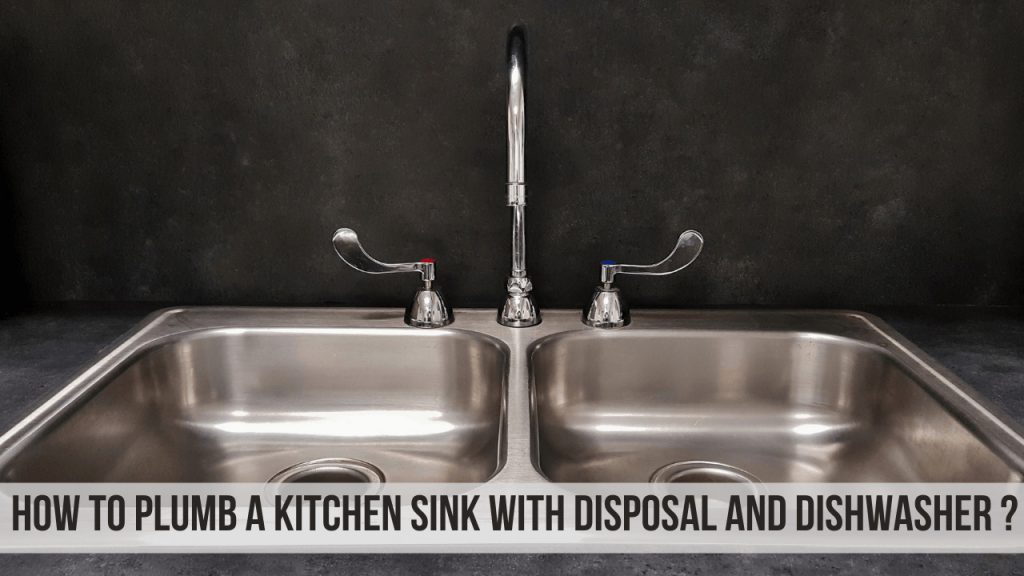
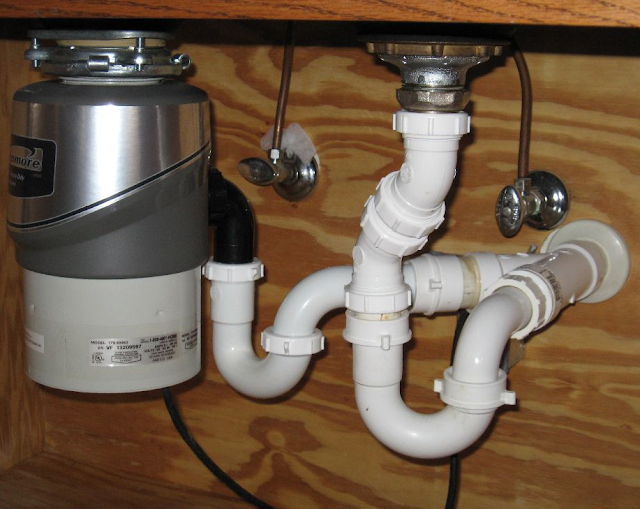
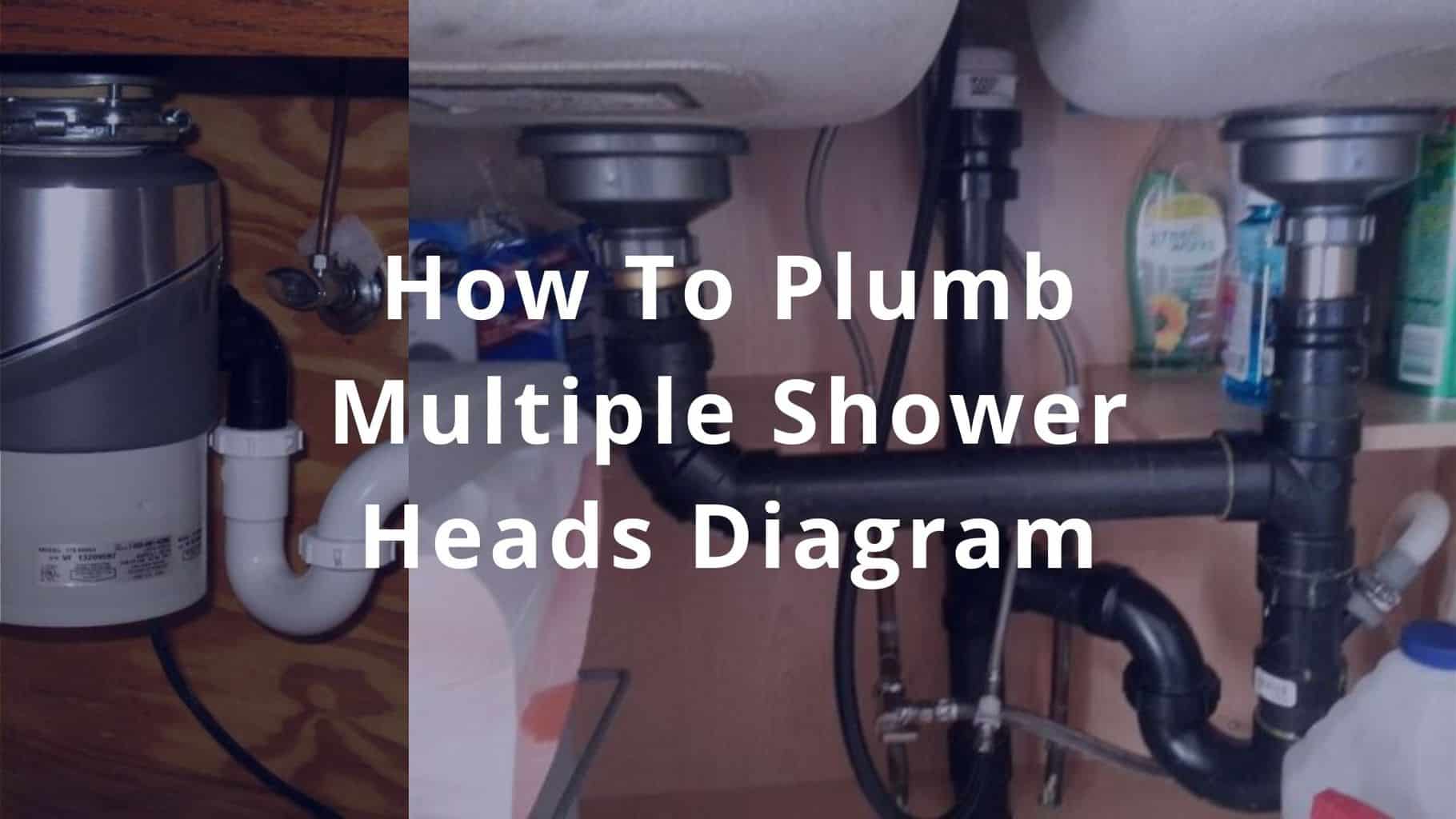






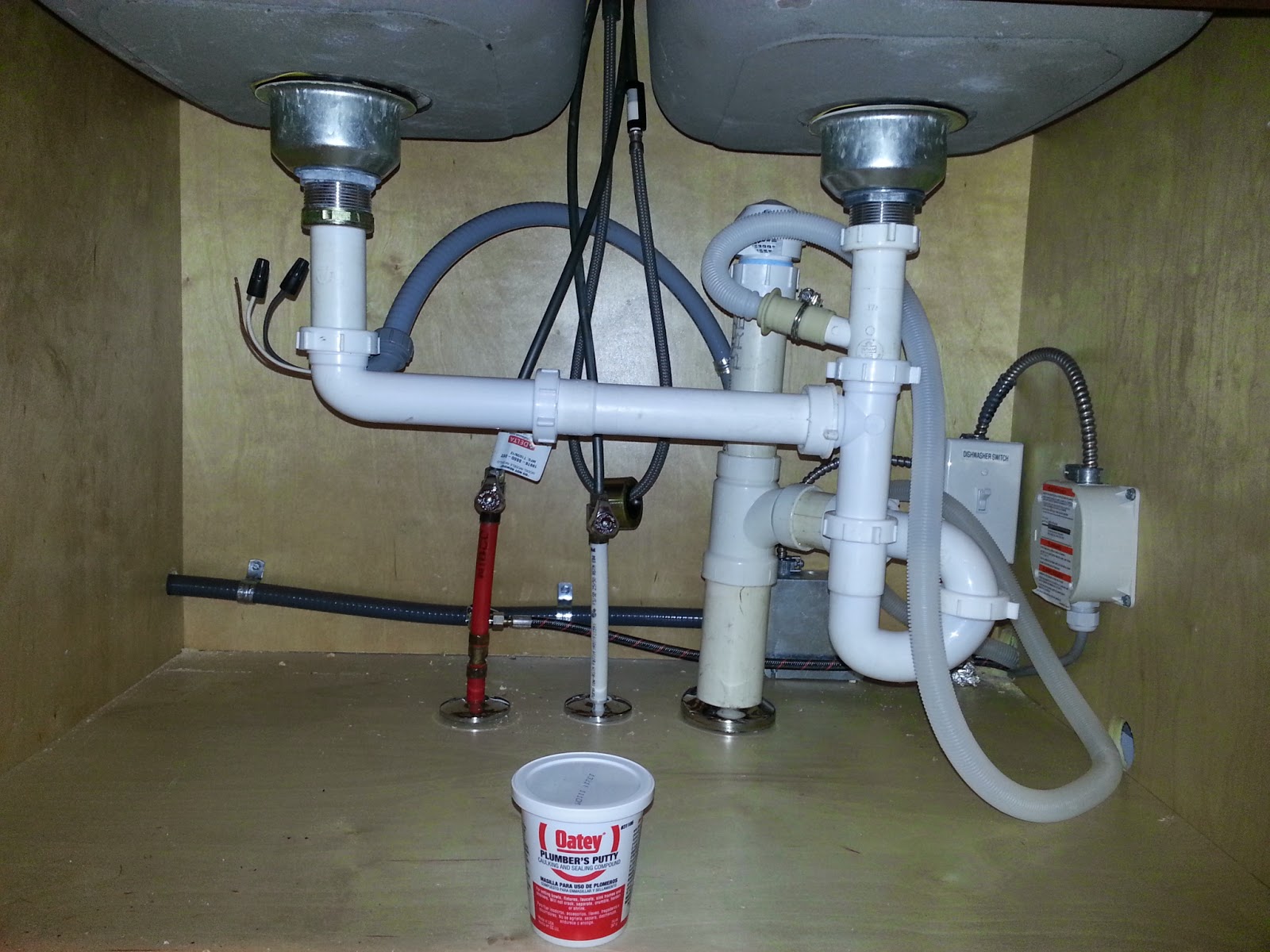












:max_bytes(150000):strip_icc()/how-to-install-a-sink-drain-2718789-hero-24e898006ed94c9593a2a268b57989a3.jpg)






